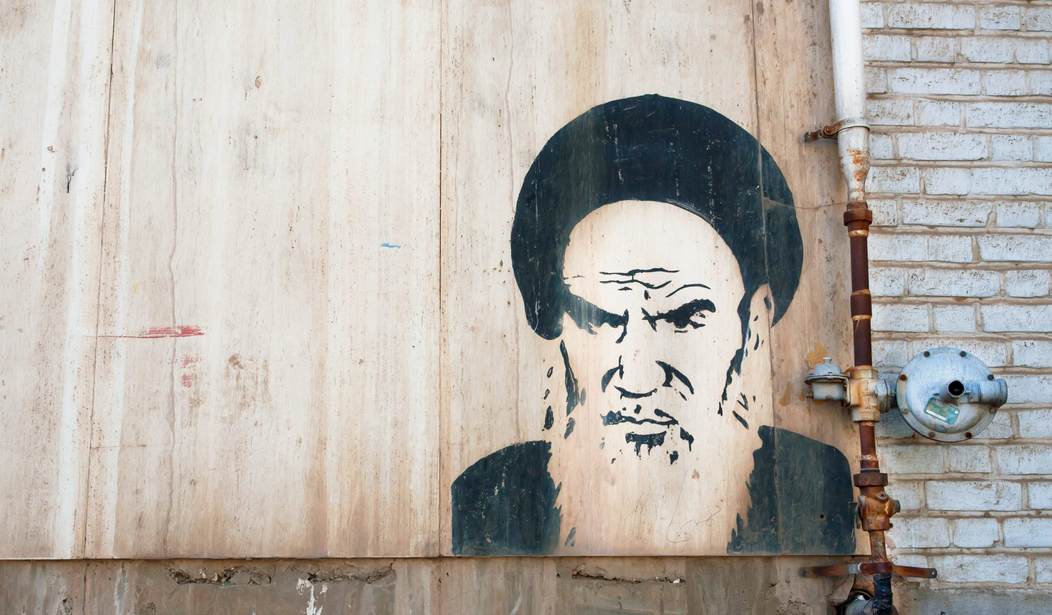Bit by bit, we are getting a fuller picture of how Tehran’s tyrants have wrecked the country.
For the most part, the reports in the American press have recounted the economic woes leading up to the nationwide uprising. That focus is due to two related misunderstandings: first, that revolution is driven by economic misery, and second, that such insurrections are a desperate effort to change conditions before all is lost. Those who believe this “explanation” demean the Iranians risking their lives while chanting “down with Khamenei” and “we do not want to be ruled by mullahs.”
If misery caused revolution, North Korea would be in the throes of turmoil, but it isn’t. Revolution is not an act of desperation, but an act of hope, which is why it is overwhelmingly the work of young people, who believe they can recreate their country.
The wreckage of Iran testifies to the failure of the theocratic regime, which most every Iranian can see whether or not he is suffering economically. To be sure, there is plenty of economic misery: an unemployment rate around forty percent; the bankruptcy of innumerable funds, including Iran’s equivalent of Social Security; the bankruptcy of numerous factories; and of course the bankruptcy of many banks. Iranians know that their currency is in spectacular free fall. By new year’s day (late March), the rial will likely be worth one one-thousandth what it was under the shah. Even so, workers at some big factories haven’t been paid for six months, and some of them are on strike.
But the insurrection that has swept the country in the past month — and which continues to flare up daily — is not merely a call for economic improvement. The Iranian people are suffering from a vast breakdown of the entire system, and they detest the clerics who run it. The other day, more than 25 cities were shut down by pollution. There is a nationwide water crisis, threatening agriculture and sanitation.
The clerical ruling class is blamed for these many failures, and the “Islamic Revolution” has long since lost its mass appeal. Attendance at mosques is way down, and most of the attendees are there because they are ordered there.
The insurrection is thus not merely the product of economic misery, as so many analysts would have it. The human symbol of the revolution, after all, is Vida Movahed, a woman holding her hijab on a stick, her hair flowing over her shoulders. She isn’t asking for a salary increase or for her bank to function properly. She’s calling for the end of the Islamic Republic.
There are Twitter videos showing other women sans veils directly challenging security forces in the name of their movement, “White Wednesdays.”
From all appearances, Supreme Leader Ali Khamenei and his henchmen have no intention of addressing their citizens’ rage, even assuming they know how to do it. They are up to their necks in war, from Lebanon, Syria, Afghanistan, and Iraq to numerous targets across Africa. For evidence of their complicity in recent terrorist massacres, we need only look to last week’s devastating assault on a Kabul hotel. Tehran’s global radio and television network reported the attack within minutes, well before the Afghan government was able to report it.
According to Radio Free Europe, the regime is upping the ante a further $2.5 billion:
Ali Asghar Yousefnejad, a member of Iranian Parliament and the spokesperson for Iran’s special parliamentary committee that deals with the country’s budget, told the country’s official news agency IRNA on Tuesday that the $2.5 billion is in addition to what the military will receive once the fiscal year begins in March.
The Iranian people do not welcome this expansion of military activities, nor, I suspect, do most of them believe the announcement (via official media) that the Revolutionary Guards are fighting Islamic State forces in western Iran. As the Baghdad Post notes, many analysts believe it is disinformation designed to frighten the populace into supporting the regime. Notably, for several years demonstrators have chanted “talk to us about Iran, not about Gaza” at regime officials who speak about spreading the Islamic Revolution.
Yes, the Iranian people are having a tough time making ends meet, but that does not begin to account for the massive uprising. They are disgusted with a failed regime, don’t want their husbands and sons sent to battle in Arab lands, and, above all, want an end to the Islamic Republic.









Join the conversation as a VIP Member